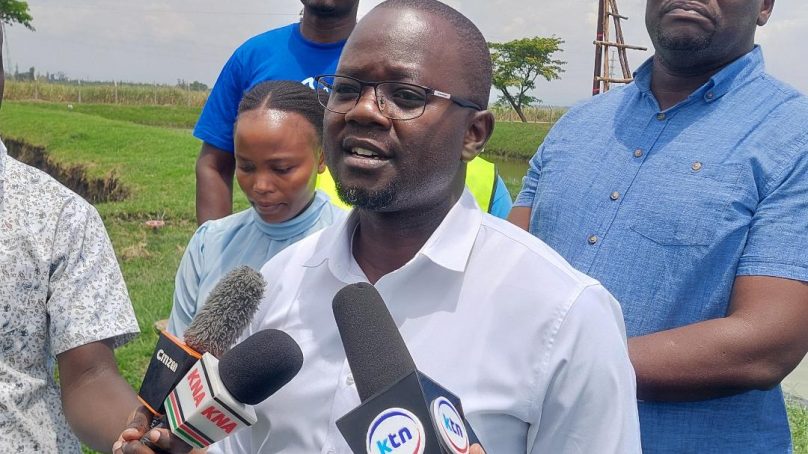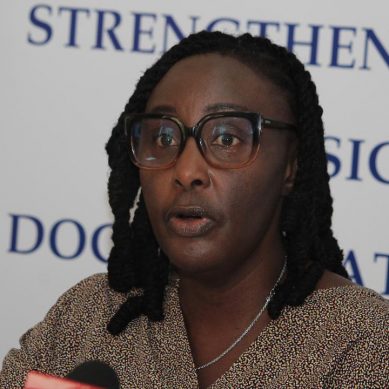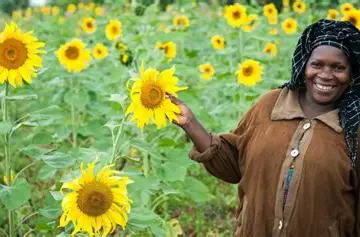
Lake Basin Development Authority (LBDA) is banking on mechanisation, farmer training and a new bonus model to raise local rice production and shield farmers from middlemen who have for years exploited growers in the inter lacustrine region.
Managing Director CPA Wycliffe Ochiaga said the authority is paying between Ksh55 and Ksh65 per kilo of paddy, depending on quality, but acknowledged that farmers still shoulder heavy production costs. The agency, he said, was now automating most stages of rice farming in the region to cut expenses and improve yields.
“Land preparation, spraying and bird scaring are still done manually. When you mechanise, the cost of production drops significantly. We estimate that the current cost of about Ksh70,000 per acre can be halved,” he said.
Under the programme, LBDA, he said, was deploying drones, loaders and rotavators to replace costly manual labour. It has also begun training farmers on climate-smart production and linking them with private financiers who provide inputs and recover costs after harvest.
“One only needs to provide land. Everything else is handled and farmers still earn. The financing rates are better than what farmers have been exposed to,” Ochiaga said.
The authority’s Kibos Rice Mill, which has been in full operation for one year, he said, can mill between three and 4.5 tonnes of paddy per hour. But to avoid stifling private businesses, LBDA, he said, has been passing excess paddy to local millers after taking them through KEBS quality standards.
The agency, he said, was now moving beyond milled rice. Broken rice, bran and husks are being converted into chicken feeds, livestock feeds, briquettes and organic fertilisers, opening the door for farmers to earn future bonuses similar to the sugar sector.
“The value chain is wider than the grain. Once we have bought paddy and milled we get by-products that we never purchased from the farmer. The bonuses will come from there. The model is taking shape and in a year or two, farmers will begin earning extra,” he said.
He added that LBDA has intensified sensitisation in Kisumu, Homa Bay, Migori and Siaya after reports that farmers in some irrigation schemes were still selling paddy to Uganda.
This, he said, has started bearing fruits with more farmers now delivering directly, with others calling the authority to collect. He added that the authority was also working with counties and extension officers, while developing digital tools based on artificial intelligence to predict yields, weather patterns and ideal harvesting timelines.
Certified seeds, he said, were being promoted, including varieties that can grow on rain-fed land, with research underway on bird-resistant rice.
In Kisumu alone, he said, more than 20,000 acres remain unutilised for rice while across the lake region, the acreage that can be opened for irrigation is estimated at nearly 100,000.
“We can double production. The president has invested heavily in irrigation canals – in Ahero, West Kano, Mwea, Kuja and Busia. With that, rice farming will be as lucrative as any other cash crop,” he said.
He dismissed fears that a planned county milling plant would clash with LBDA operations, saying growing production will require more millers to mop up paddy and offer farmers options beyond middlemen.
“Demand is rising and the current mills cannot absorb all production. When the county plant becomes operational, it will support the market. It is not competition; it is complementing farmers,” Ochiaga said.
With mechanisation, irrigation expansion and a structured market, LBDA believes Kenya can reduce the billions spent annually on rice imports and gradually close the production gap.
- A Tell Media / KNA report / By Chris Mahandara






